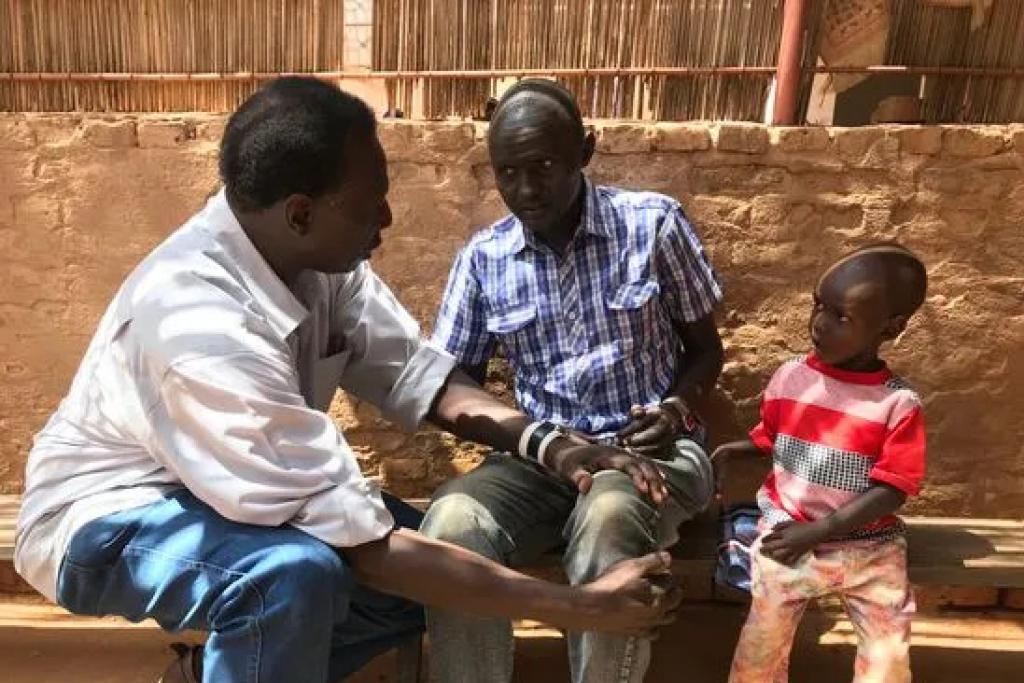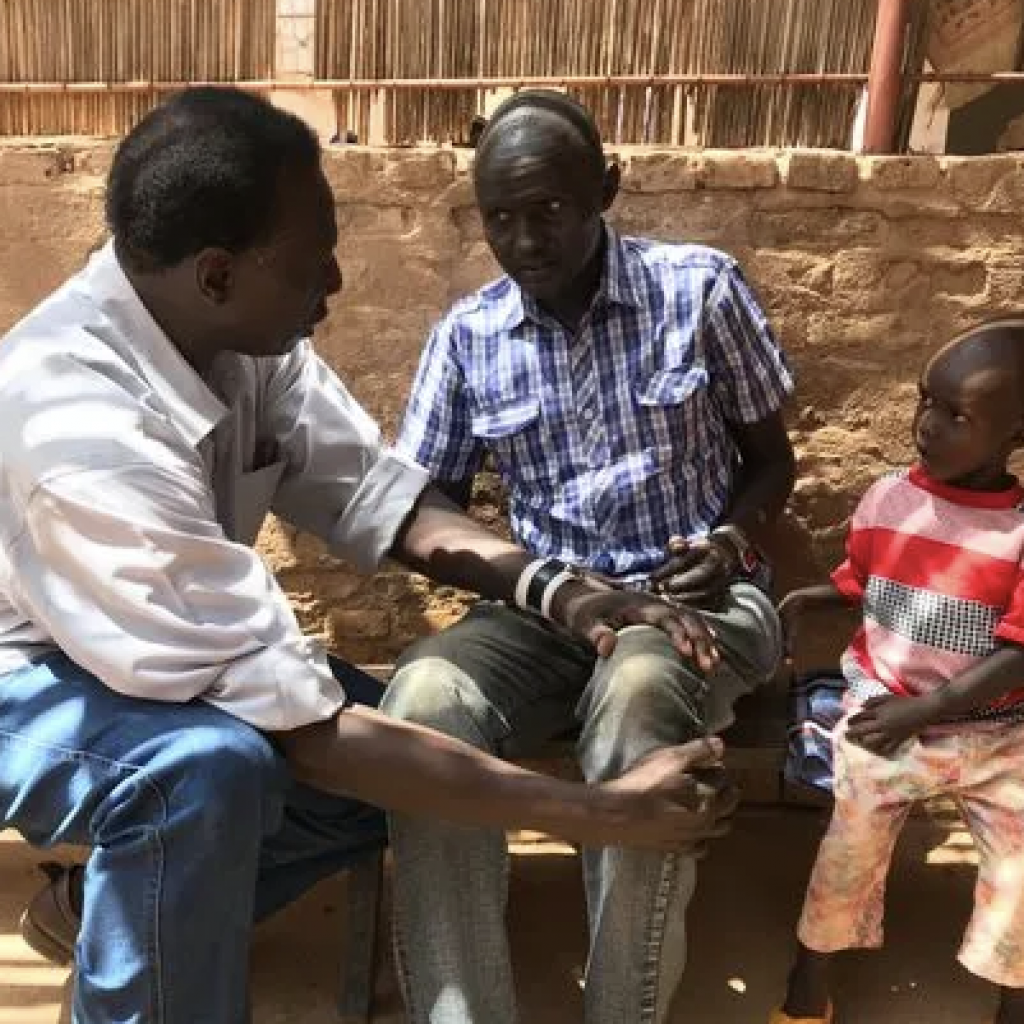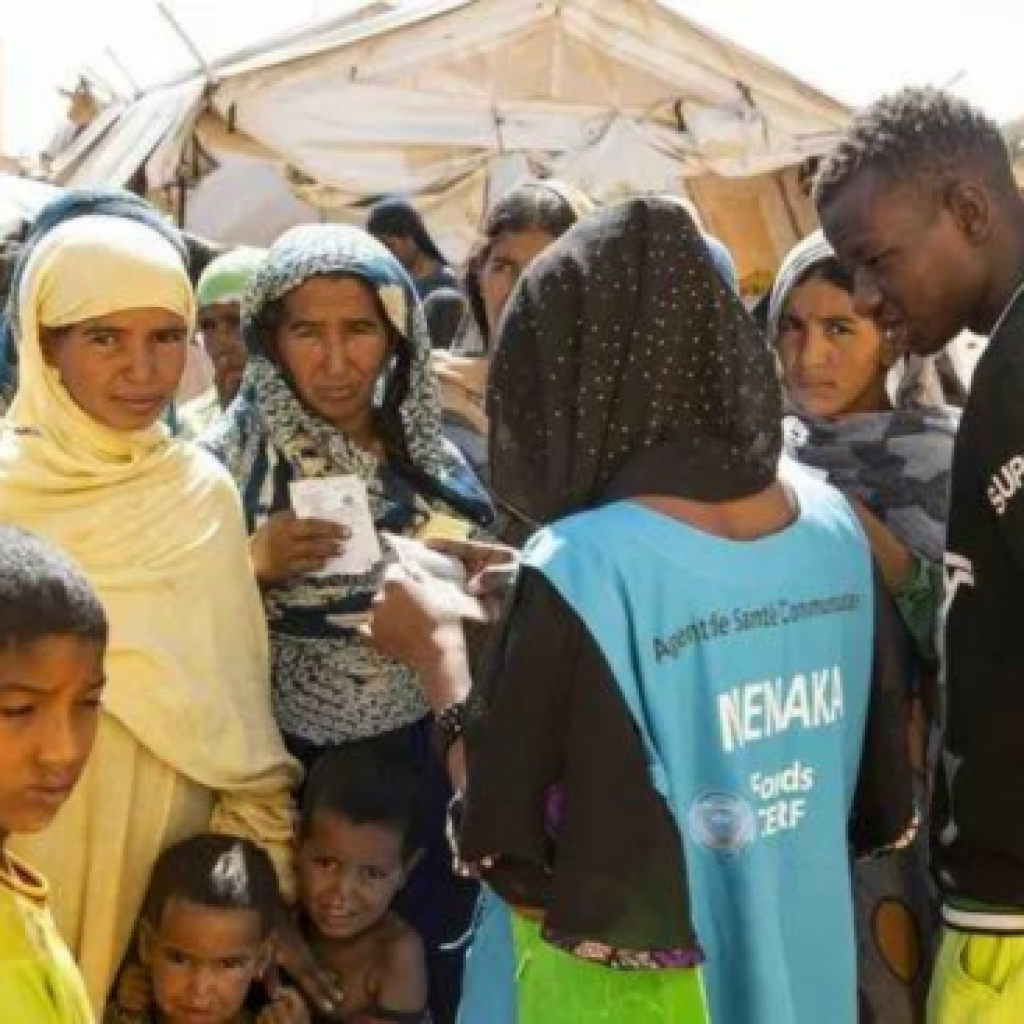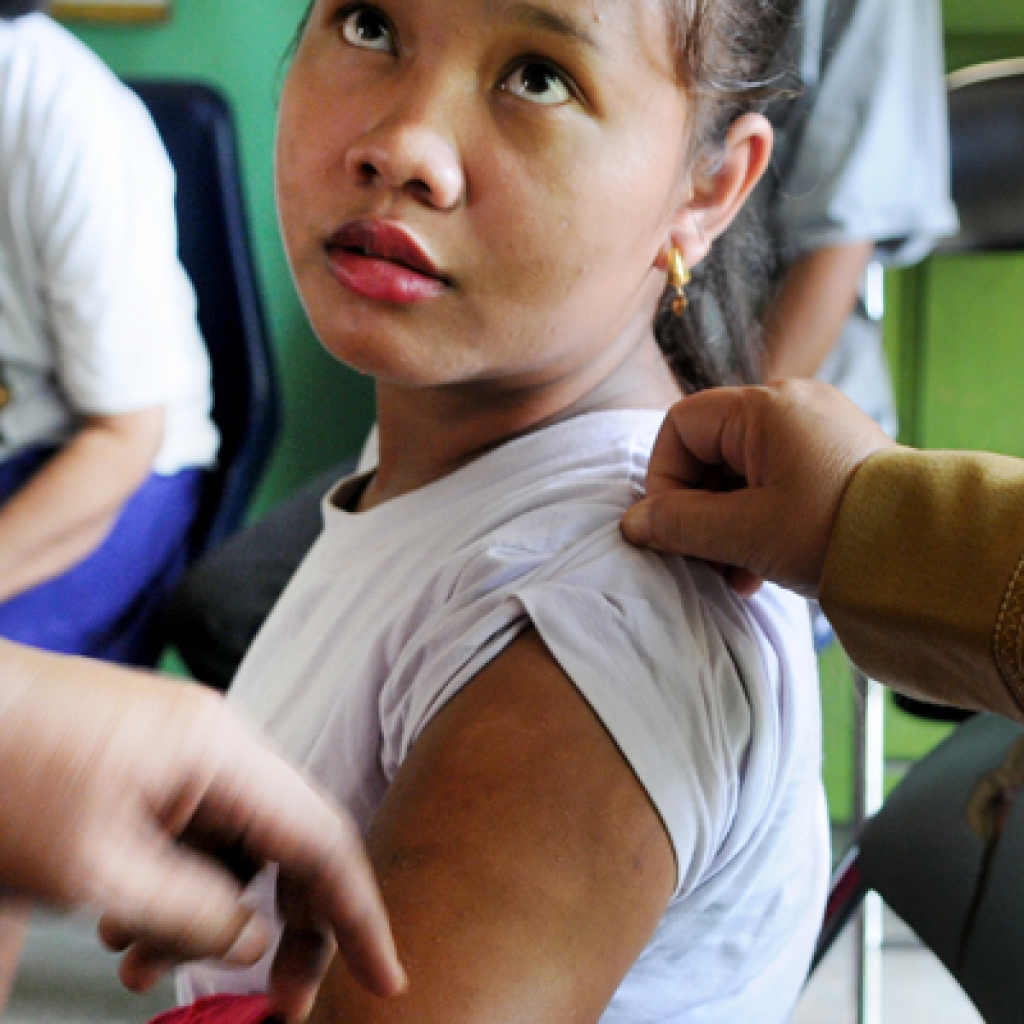Leprosy: training of health workers on skin-NTDsLeprosy occurs worldwide.

Course details
About this course
Leprosy occurs worldwide. The prevalence of leprosy has decreased from more than 5 million cases in the 1980s to a little over 170 000 in 2019 due to the introduction of Multi-drug therapy. Even though the prevalence has decreased, the new cases continue occurring which are around 208 000 annually and out of which 8% are children and 5% are detected with deformities (grade 2 disabilities). If leprosy is not diagnosed early, it may lead to deformities which affect socio-economic and psychological conditions of the persons affected. It is common in communities where overcrowding and poverty coexist. Leprosy is associated with certain stereotypes in the community often resulting in discrimination of the persons affected.
This course addresses the epidemiology of leprosy, suspect and refer, diagnosis and treatment, lepra reactions, prevention of disabilities and public health interventions.
By the end of this course, you should be able to:
- explain the epidemiology of leprosy
- describe how to suspect and refer
- identify how to diagnose and classify leprosy
- explain how to treat leprosy
- describe how to diagnose lepra reactions and manage
- describe how to prevent and manage disabilities du toe leprosy
- explain the self-care (hands, feet, and eyes)
- identify how to take slit skin smear (SSS) and report
- describe the post-exposure prophylaxis (PEP) with single dose of rifampicin
- explain the public health interventions to reduce disease burden and essential indicators



